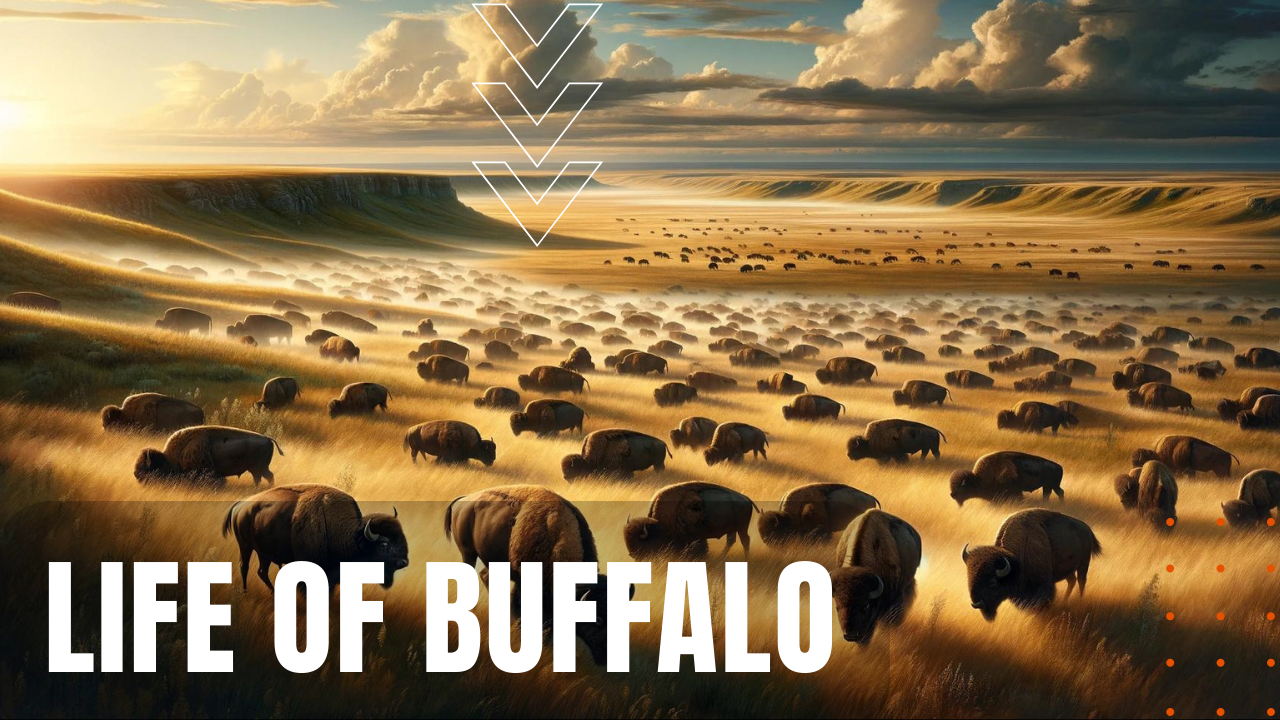The Life of Buffalo

Not to be confused with the American Bison, the African Buffalo of the family Bovidae and the genus Syncerus caffer is a mammalian herbivore that literally cannot be tamed. Considered one of the most dangerous animals on the African continent, buffalo have been nicknamed “black death” for their ornery tempers and ability to charge humans as speeds up to 37 miles-per-hour, taking the lives of an average 200 people every year—most of them hunters who missed a prerequisite head shot to kill a buffalo, since their two-inch-thick, front-facing hide makes them difficult to kill anywhere else.
Four Subspecies
Sporting curved horns known as boss up to three feet wide, buffalo can be found in four subspecies, including Forest, West African savanna, Central African, and southern savanna or Cape buffalo. Surviving anywhere water can be found, buffalo live in swamps, semi-arid bushland and forests, and while buffalo can be found throughout the continent of Africa, their largest numbers can be found in Sierra Leone, Ghana, Cameroon, Kenya, Central African Republic, South Africa and Botswana. Unlike most grazing animals, buffalo are nocturnal, most likely due to the fact that their thick skin makes it hard to regulate their body temperature in the hot daytime sun of Africa. Forming into herds of 50 to 1,000, mainly as a defense against apex predators such as lions, buffaloes employ a type of pragmatic voting system regarding where they graze, allowing several scout buffalo to walk in front of the herd, while adult buffalo form a protective ring around calves, with older or sickly buffalo assuming the more dangerous outermost positions within the herd.
Massive Build
Averaging 1,600 pounds for an adult male, buffalo stand five feet tall at their shoulders, with a length of seven feet from nose to tail. Females give birth to approximately one calf every few years, with a mean gestation period of 340 days. Once born, a calf remains dependent on its mother for up to a year, and while males take no direct role in raising their young, when a calf emits a specific distress cry, all members of the herd come to its defense. After reaching full maturity at four to five years of age, females typically remain with the herd of their birth, while non-dominant males leave for bachelor herds until mating season. In the wild, buffalo typically live from 10-22 years, while well cared for buffalo in captivity can live up to 30 years, making the life of buffalo, one of the most aggressive members of the African wilderness.
